In recent years, Iran’s growing engagement with the Eurasian Economic Union (EAEU) has marked a significant shift in its international trade landscape. As one of the few non-member states with a preferential trade agreement with the union, Iran has gained new access to vast markets in Russia, Kazakhstan, Armenia, Belarus, and Kyrgyzstan. Among the sectors benefiting most from this agreement, the tile and ceramic industry stands out as a major player, leveraging Iran’s robust production capacity and competitive pricing to expand exports, especially to Russia.
The EAEU agreement, which initially began as a temporary arrangement in 2019 and was later extended toward a full-scale free trade pact, has effectively reduced tariffs on hundreds of Iranian goods—including ceramic tiles, porcelain slabs, and building materials. This has reshaped trade dynamics between Iran and Russia, positioning Iranian manufacturers as reliable suppliers of premium yet affordable ceramic products.
This article explores the strategic implications, opportunities, and challenges of Iran’s free trade with the EAEU, with a special focus on its impact on tile and ceramic exports to Russia. We will analyze how trade liberalization, logistics corridors, and changing market demands are transforming the ceramic export landscape—and what lies ahead for Iranian producers looking to expand their footprint in the Russian market.
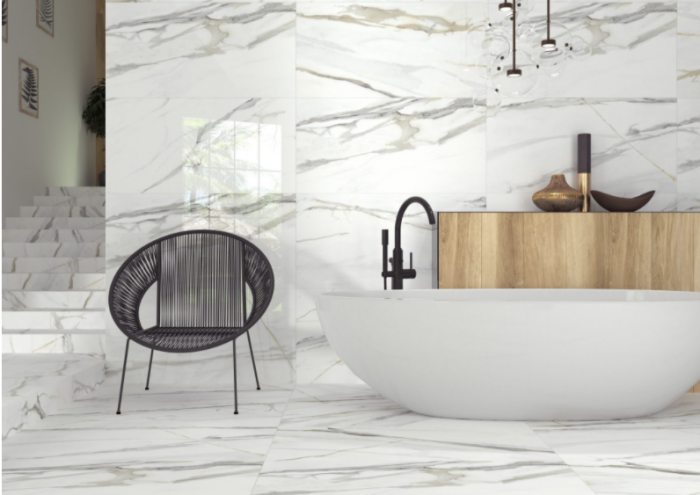
۱. Understanding the Iran–EAEU Free Trade Agreement
۱.۱. Background and Significance
The Eurasian Economic Union, established in 2015, was designed to promote economic integration among its member states by enabling free movement of goods, services, capital, and labor. Recognizing the potential of regional cooperation, Iran signed a preferential trade agreement (PTA) with the EAEU in 2018, which came into effect in October 2019.
Under this agreement, tariffs on more than ۸۶۰ categories of goods were reduced or eliminated. Iranian exports, particularly in the construction materials sector, benefited significantly. The success of the PTA encouraged both sides to negotiate a permanent free trade agreement, which is expected to cover over 90% of traded goods and further strengthen bilateral commerce.
For Iran, this represents not just a trade deal but a strategic gateway to Eurasia, linking the country’s industrial potential with high-demand markets such as Russia—a nation with a strong construction and infrastructure development agenda.
۲. Iran’s Ceramic and Tile Industry at a Glance
Iran is among the top five tile and ceramic producers globally, with an annual production capacity exceeding ۵۰۰ million square meters. The country’s abundant raw materials, advanced technology, and skilled workforce have made it a regional hub for ceramic innovation.
Iranian tiles are well-known for their quality, diverse designs, and competitive pricing, making them highly attractive for neighboring countries and trade partners. With many factories located in Yazd, Isfahan, and Kerman, Iran has the production infrastructure necessary to meet large-scale international demand—particularly from the Russian market, where import substitution policies have increased the need for non-European suppliers.
۳. Why Russia is a Strategic Market for Iran
۳.۱. The Size and Nature of Russia’s Tile Market
The Russian ceramic tile market is one of the largest in Eastern Europe, valued at over $۲.۵ billion annually. While domestic production satisfies a portion of demand, high-end and mid-range segments rely heavily on imports. Russia’s premium real estate boom, renovation projects, and infrastructure development continue to drive consumption.
The demand for porcelain and decorative tiles has surged in recent years, especially in luxury residential complexes, hotels, and commercial buildings. Russia’s preference for marble-look porcelain, natural textures, and large-format slabs aligns perfectly with the capabilities of Iranian manufacturers.
۳.۲. Post-Sanction Trade Realignment
Due to geopolitical tensions and sanctions on Western goods, Russia has shifted its focus toward Asian and Middle Eastern suppliers. Iran, already connected via land and sea trade routes, is emerging as a natural partner. The EAEU agreement reinforces this partnership by simplifying customs procedures and offering tariff reductions on Iranian ceramic exports.
۴. Key Provisions of the Iran–EAEU Trade Agreement Affecting the Tile Sector
۴.۱. Tariff Reductions
One of the most tangible benefits for tile exporters has been the reduction or elimination of import duties. Previously, ceramic tiles entering Russia faced tariffs of up to 10–۱۵%. Under the EAEU agreement, many of these tariffs have been cut by more than half, significantly enhancing Iran’s price competitiveness.
۴.۲. Simplified Customs and Logistics
The trade deal streamlines customs documentation and clearance procedures, reducing delays and costs. The EAEU’s unified customs code allows Iranian exporters to benefit from standardized processes across all member countries, improving supply chain efficiency.
۴.۳. Standards and Certification Alignment
Iranian manufacturers exporting to Russia must meet EAEU technical and quality standards. In response, many Iranian factories have invested in modernizing production lines, quality assurance systems, and environmental compliance measures, ensuring smooth market entry and consumer trust.
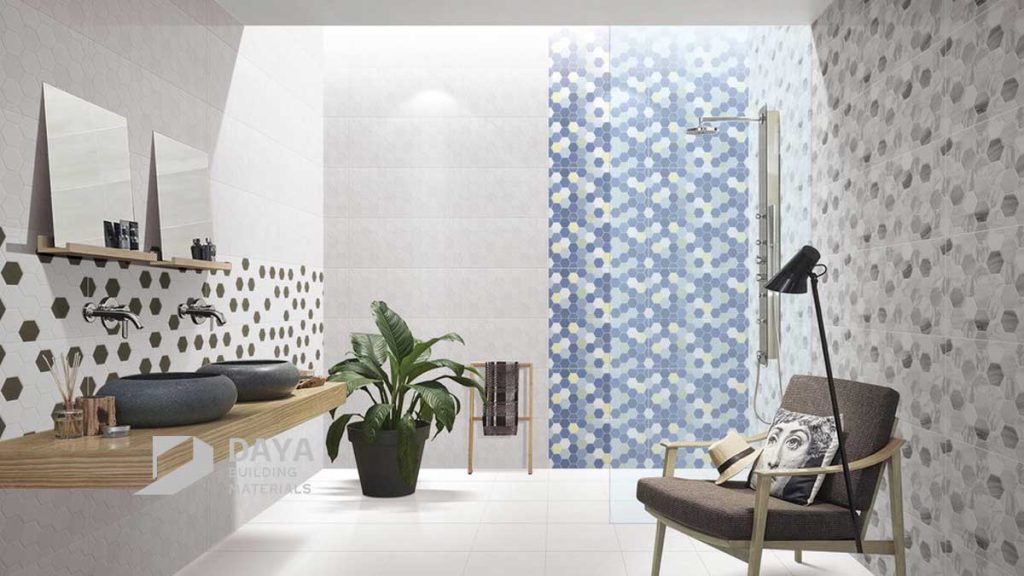
۵. Logistics Corridors: Linking Iran and Russia
۵.۱. The North–South Transport Corridor (NSTC)
The International North–South Transport Corridor (INSTC) is a multi-modal network connecting India, Iran, the Caucasus, and Russia, reducing transit time by up to 40% compared to traditional routes via the Suez Canal. For tile exporters, this corridor is a game-changer, enabling faster and cheaper shipment of ceramics from central Iran to Russian cities such as Astrakhan, Moscow, and Kazan.
۵.۲. Caspian Sea Shipping
Direct shipping lines between Iranian ports (e.g., Bandar Anzali, Amirabad) and Russian ports (e.g., Astrakhan, Makhachkala) have significantly strengthened trade connectivity. The availability of Ro-Ro and container vessels ensures regular and reliable shipments of heavy goods such as tiles and ceramics.
۵.۳. Rail Connectivity
Railway extensions linking Iran to Russia via Azerbaijan are enhancing overland trade capacity. This multimodal integration reduces transportation costs, making Iranian tiles even more price-competitive in the Russian market.
۶. Competitive Advantages of Iranian Tiles for the Russian Market
۶.۱. Price Competitiveness
Due to lower labor costs and access to natural raw materials, Iranian tiles are ۲۰–۳۰% cheaper than European counterparts while maintaining comparable quality. With tariff reductions under the EAEU agreement, the final landed price for Russian buyers becomes even more attractive.
۶.۲. Quality and Design Diversity
Iranian manufacturers have adopted digital printing technologies and advanced glazing methods, allowing for designs that meet Russian aesthetic preferences—from minimalist modern styles to classical marble and stone effects.
۶.۳. Flexible Production and Customization
Smaller, agile factories in Iran can quickly adapt to custom orders, offering flexibility that appeals to Russian distributors and designers. This ability to deliver tailored products in small or large batches sets Iranian suppliers apart from larger, slower European manufacturers.
۶.۴. Cultural and Business Synergy
Iran and Russia share long-standing diplomatic and economic relations, supported by mutual understanding of business practices. This cultural alignment facilitates smoother negotiations, trust, and long-term trade partnerships.
۷. Market Challenges and Constraints
۷.۱. Payment and Banking Systems
Despite improved trade frameworks, financial transactions remain a hurdle due to international sanctions. To address this, both countries are working on local currency settlements and barter-based trade mechanisms, minimizing dependence on the US dollar.
۷.۲. Transport Infrastructure Bottlenecks
While logistics networks are improving, port congestion and limited container availability occasionally cause delays. Expanding warehousing and distribution hubs in southern Russia could mitigate these issues.
۷.۳. Brand Recognition and Marketing
Iranian brands, despite their quality, often lack strong branding and digital visibility in Russia. Strategic investments in branding, packaging, online marketing, and participation in Russian trade fairs (such as MosBuild) are essential to capture market share from established competitors.
۷.۴. Competition from Other Suppliers
Countries like Turkey, India, and China also target Russia’s ceramic market. To stay competitive, Iranian exporters must emphasize value-added qualities—such as eco-friendly production, artistic craftsmanship, and customized service.
۸. The Role of Free Trade in Strengthening Bilateral Relations
The Iran–EAEU agreement goes beyond tariff reductions; it is a symbol of deeper economic cooperation. For Russia, Iran serves as a bridge to the Persian Gulf and South Asia. For Iran, the EAEU provides access to new investment and technology partnerships.
In this broader context, the tile and ceramic trade serves as a practical success story demonstrating how free trade fosters mutual economic benefit, job creation, and industrial modernization.
۹. Case Study: The Impact on Iranian Tile Exporters
۹.۱. Increased Export Volumes
Since the agreement’s implementation, Iran’s ceramic exports to Russia have doubled in volume. Factories in Yazd and Kerman report steady growth in orders for porcelain tiles, mosaics, and large-format slabs designed specifically for Russian tastes.
۹.۲. Establishment of Local Distribution Channels
Some Iranian companies have established warehouses and showrooms in Moscow and Kazan, ensuring better delivery times and after-sales service. This localization strategy strengthens brand credibility and customer loyalty.
۹.۳. Expansion of B2B Partnerships
Joint ventures between Iranian tile producers and Russian distributors are emerging. These partnerships combine Iran’s manufacturing expertise with Russia’s retail and construction network, resulting in sustainable long-term cooperation.
۱۰. Future Outlook: Opportunities and Strategic Recommendations
۱۰.۱. Deepening Free Trade Integration
The upcoming comprehensive free trade agreement between Iran and the EAEU will further eliminate non-tariff barriers, expanding the export potential for ceramics and other construction materials.
۱۰.۲. Embracing Digital Transformation
To stay competitive, Iranian tile brands should invest in digital marketing, e-commerce platforms, and virtual showrooms in Russian language, helping consumers and contractors easily browse and select products online.
۱۰.۳. Green and Sustainable Production
The Russian market is gradually aligning with eco-conscious construction standards. Iranian exporters that adopt energy-efficient kilns, water recycling, and eco-certified materials will stand out as responsible and innovative partners.
۱۰.۴. Regional Logistics Hubs
Developing logistics hubs in northern Iran dedicated to Eurasian exports can streamline customs and shipping, reducing costs and improving delivery efficiency.
۱۰.۵. Building Brand Equity
Investing in branding and storytelling is essential. Highlighting Iran’s craftsmanship heritage, modern technology, and design creativity can help Iranian tiles become synonymous with reliability and style in the Russian market.
Conclusion
Iran’s free trade engagement with the Eurasian Economic Union represents a historic step toward greater regional economic integration. For the tile and ceramic industry, this agreement is far more than a policy milestone—it is a strategic opportunity to expand exports, attract partnerships, and strengthen Iran’s position as a key player in Eurasia’s construction supply chain.
As Russia’s demand for high-quality, affordable, and aesthetically advanced ceramic products continues to rise, Iranian exporters are well-positioned to fill the gap left by Western suppliers. By combining competitive pricing, efficient logistics, and innovation-driven design, Iran can secure a lasting presence in one of the region’s most lucrative markets.
Ultimately, the Iran–EAEU trade framework is not just facilitating commerce—it is building bridges of industrial cooperation that will define the future of Eurasian trade for years to come.
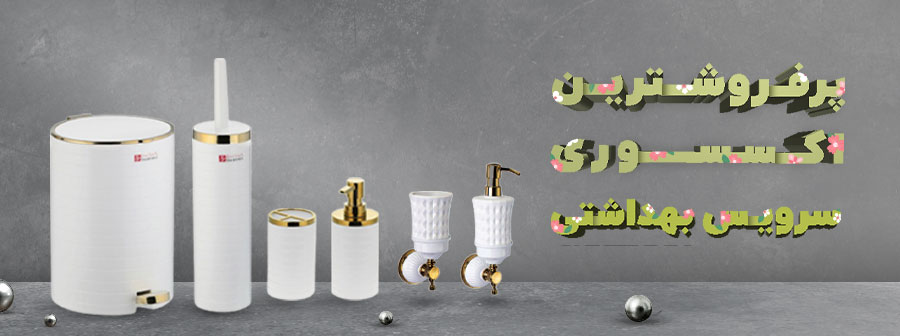
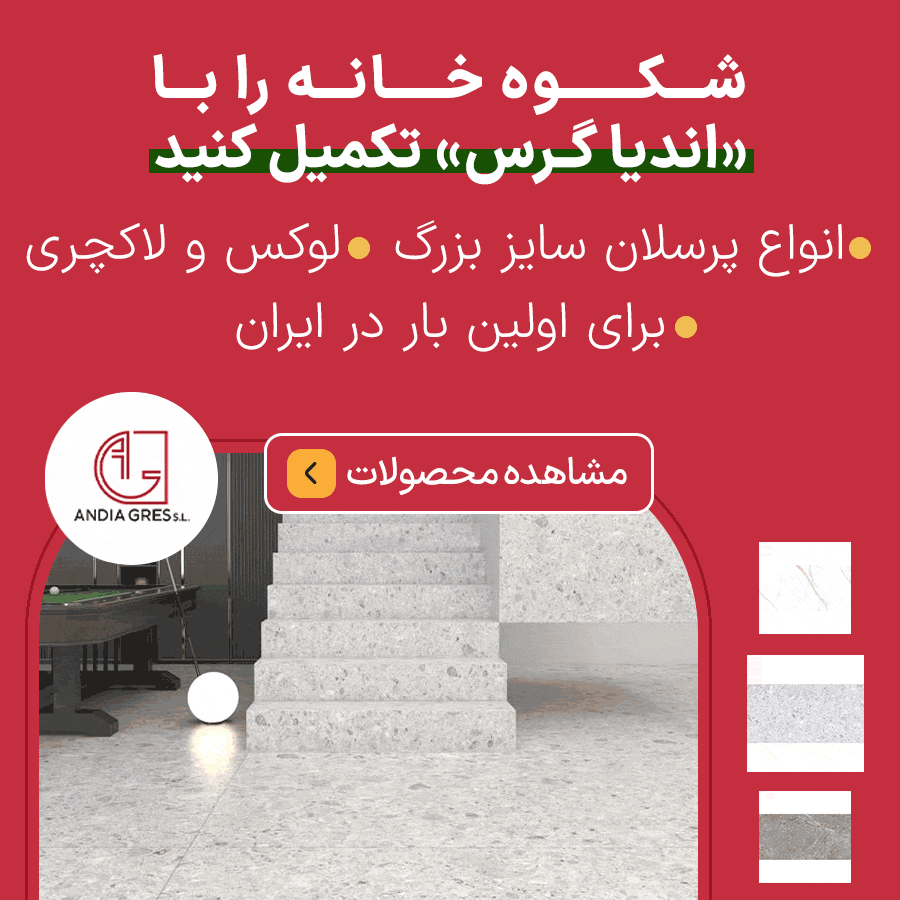
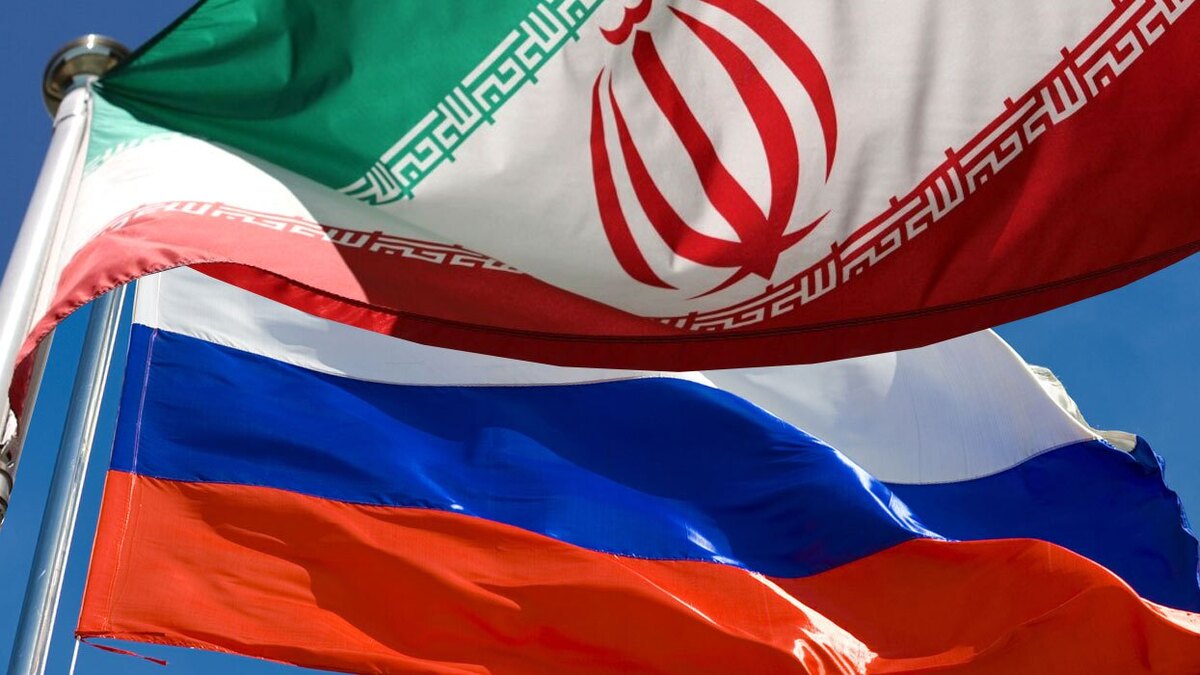
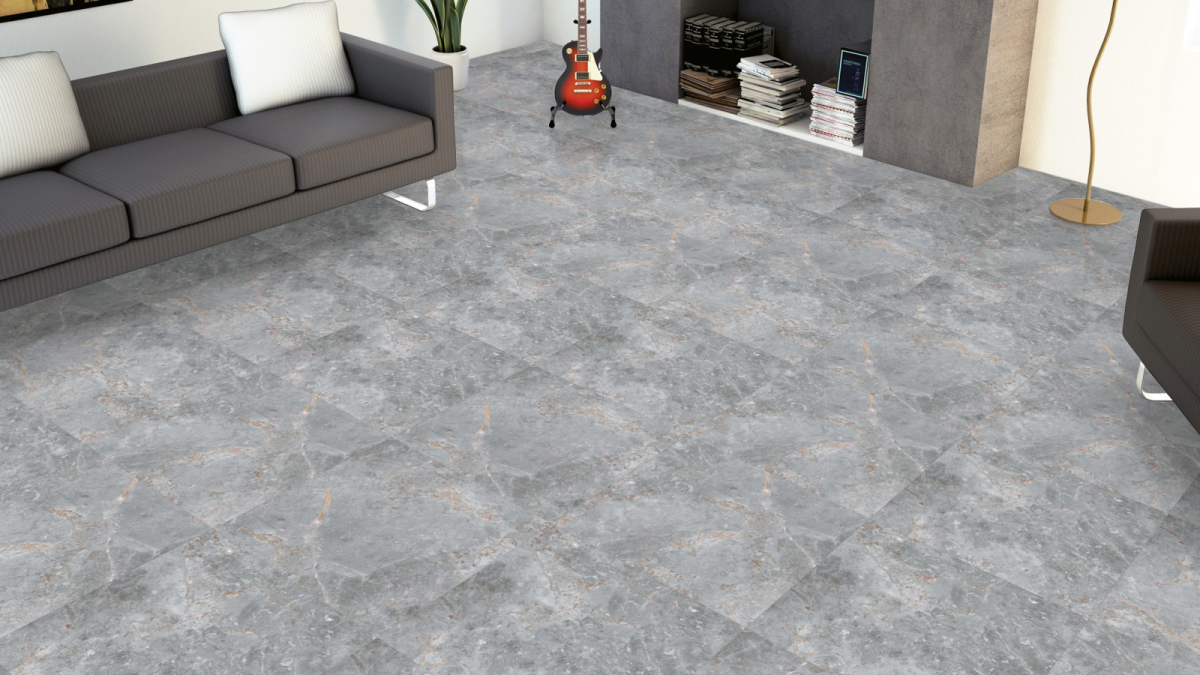
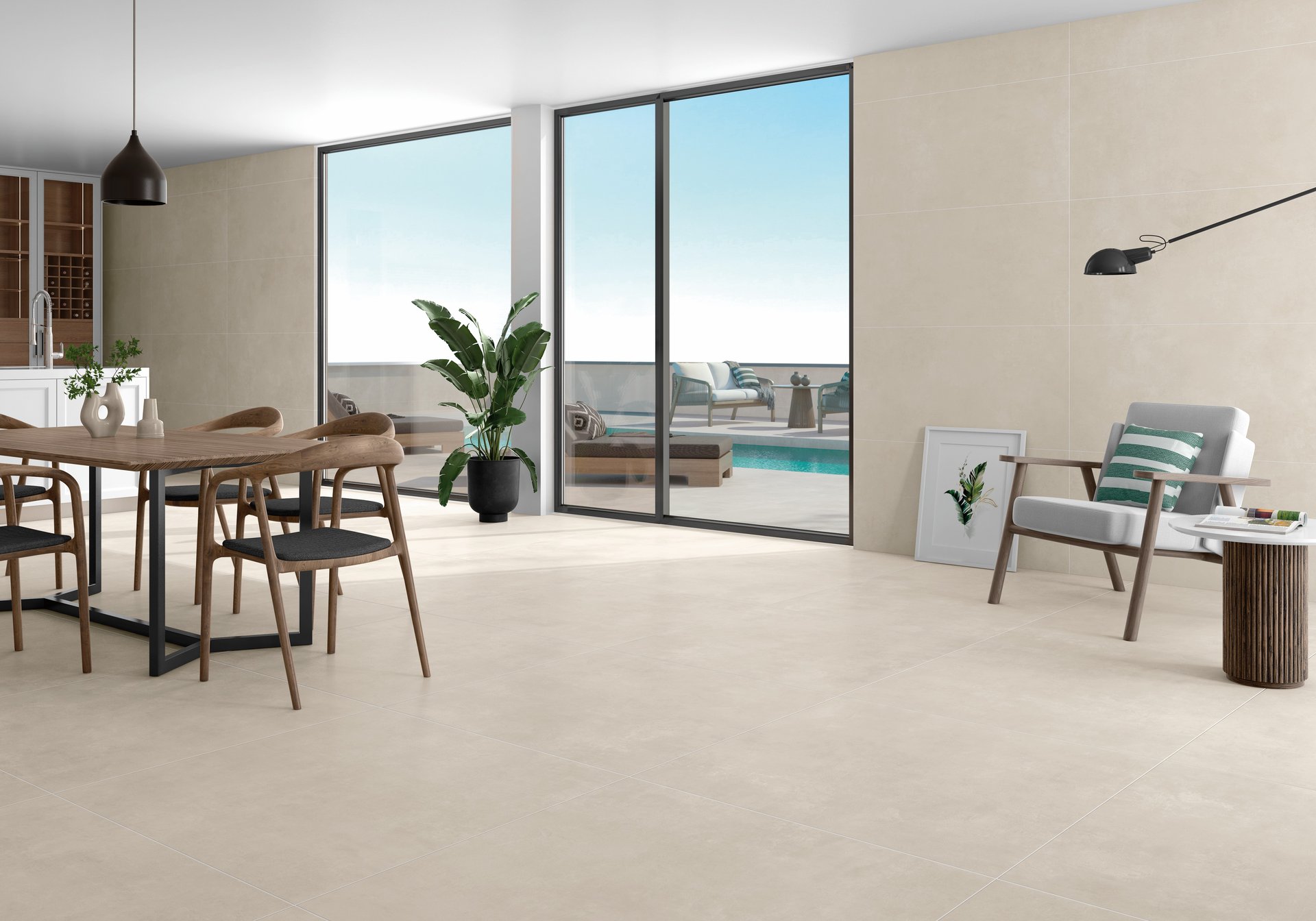
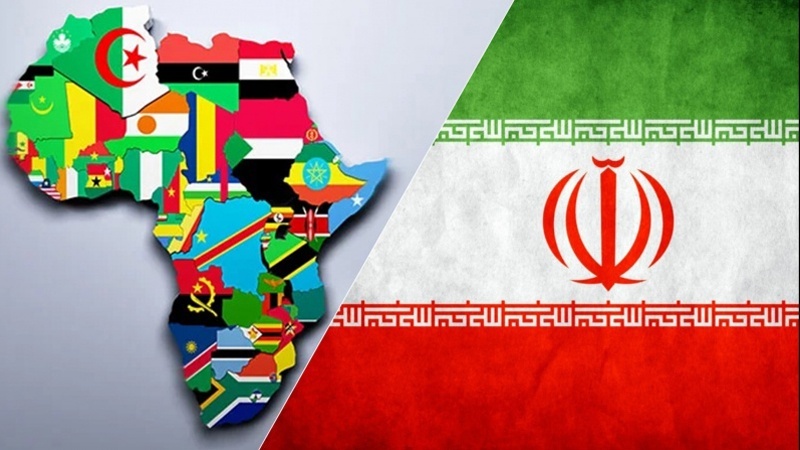
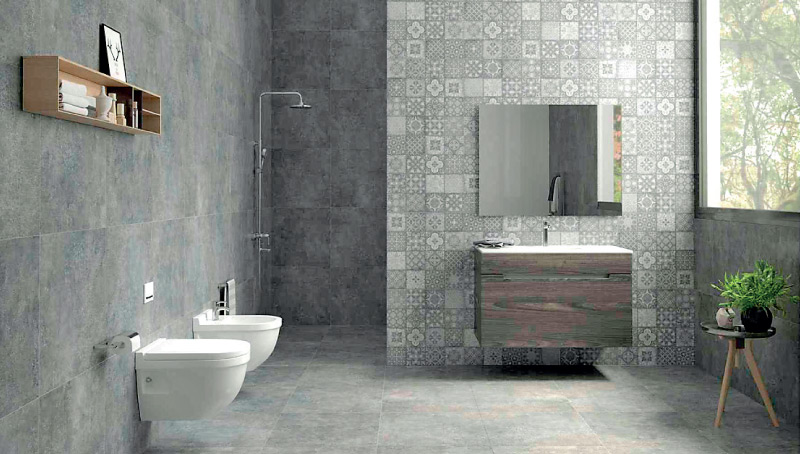
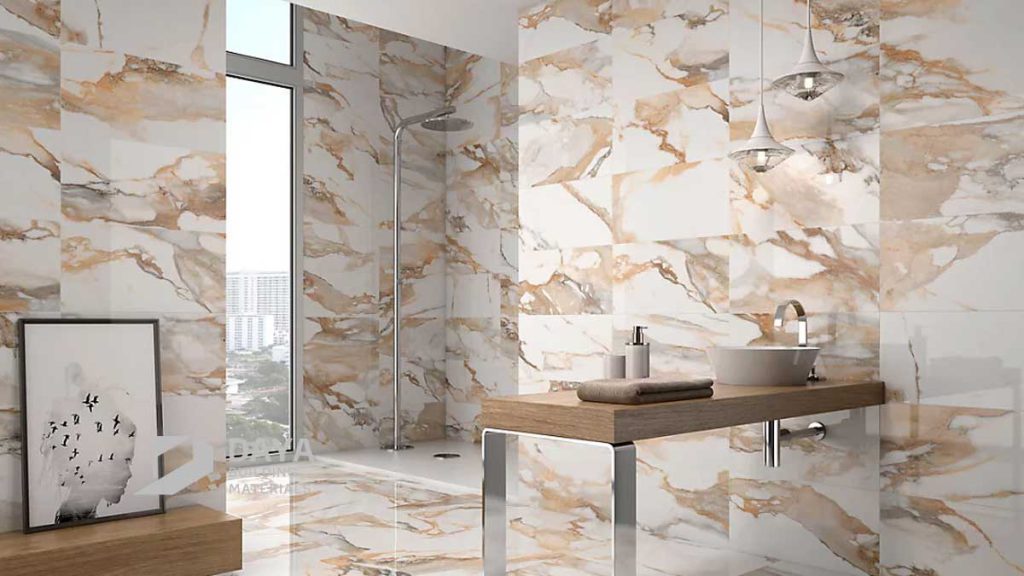
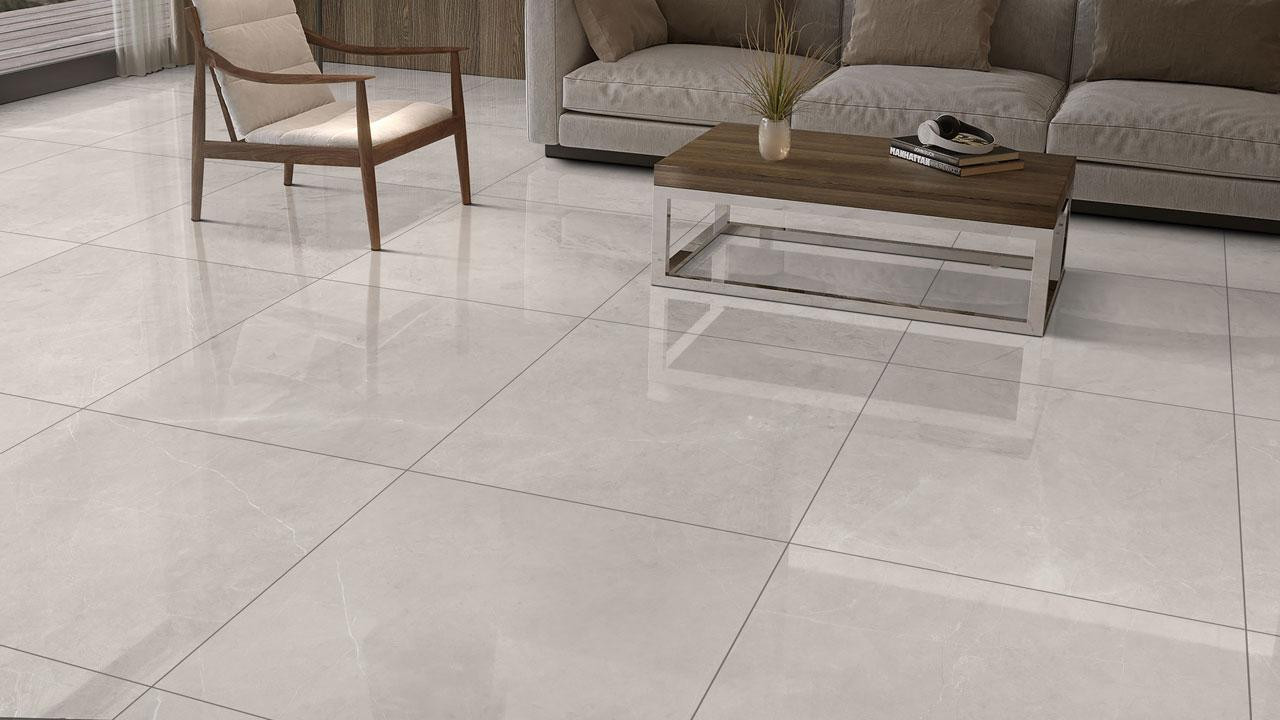
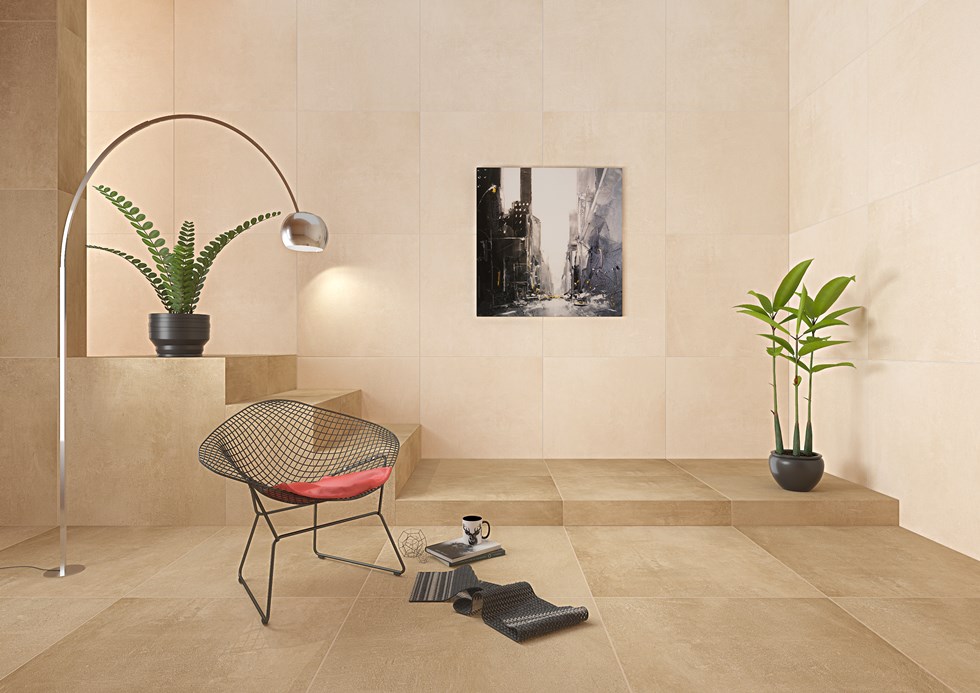
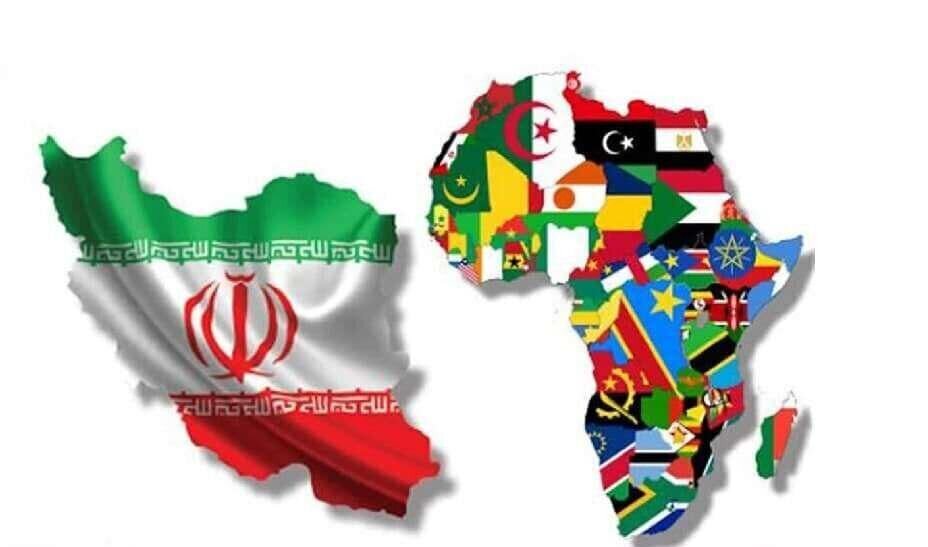
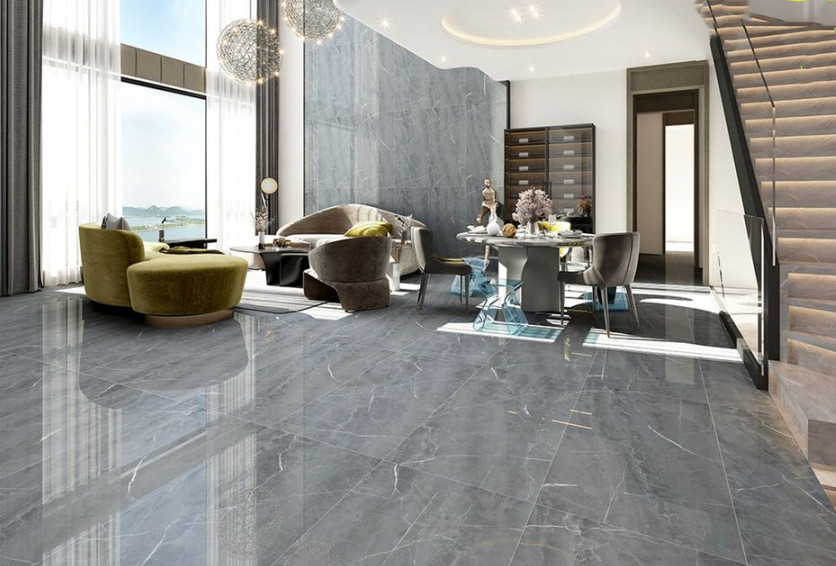
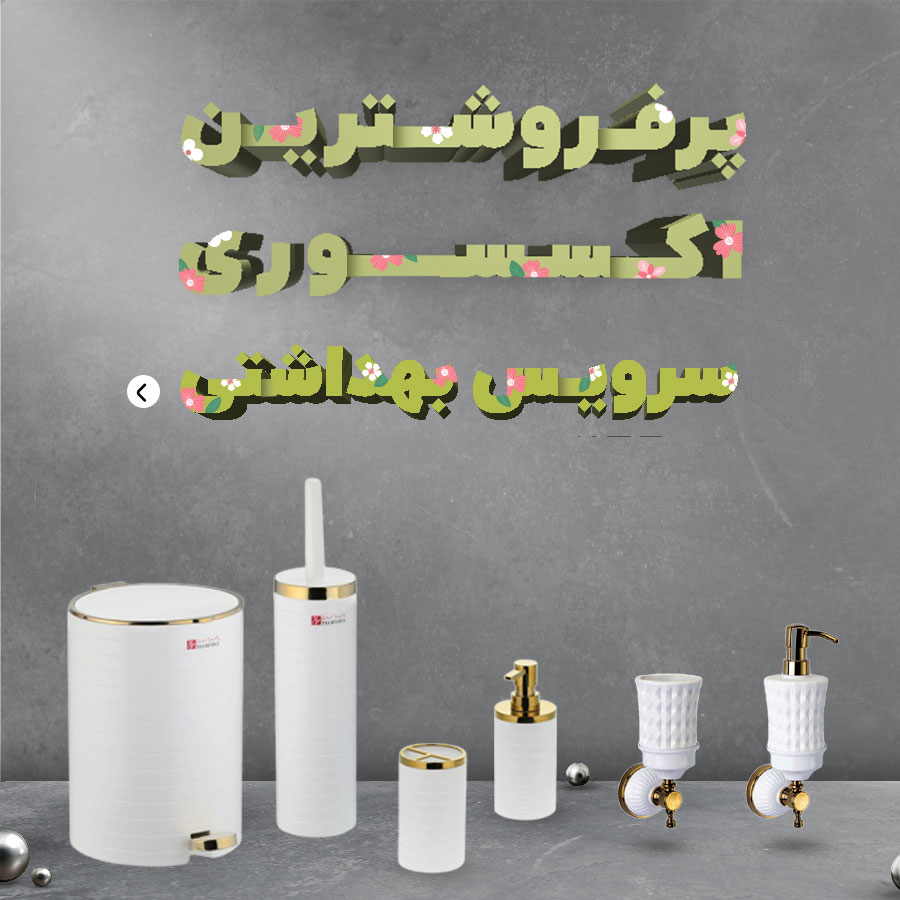

نظرات ۰